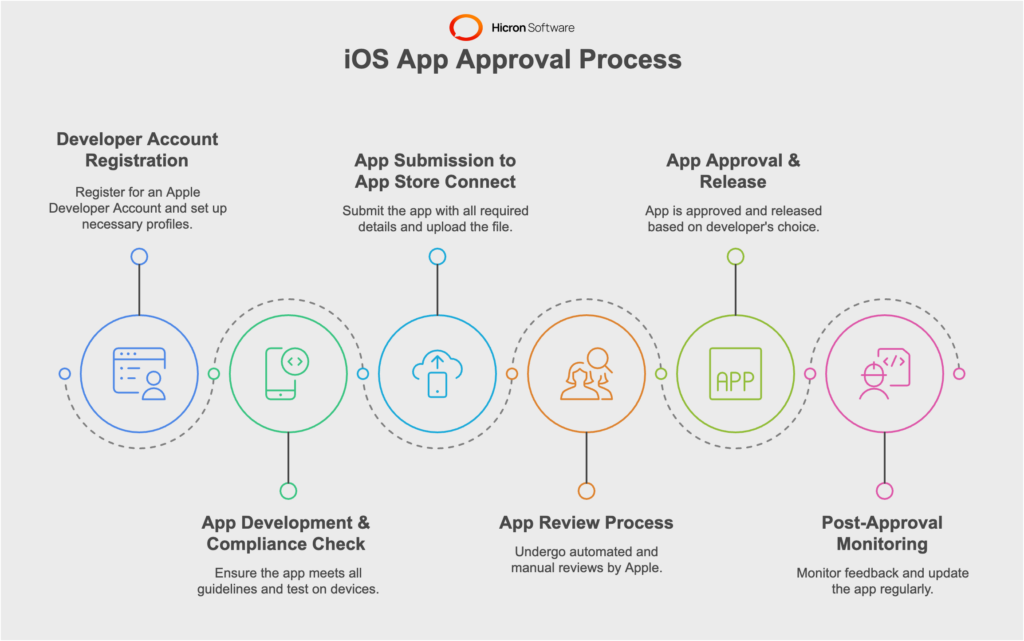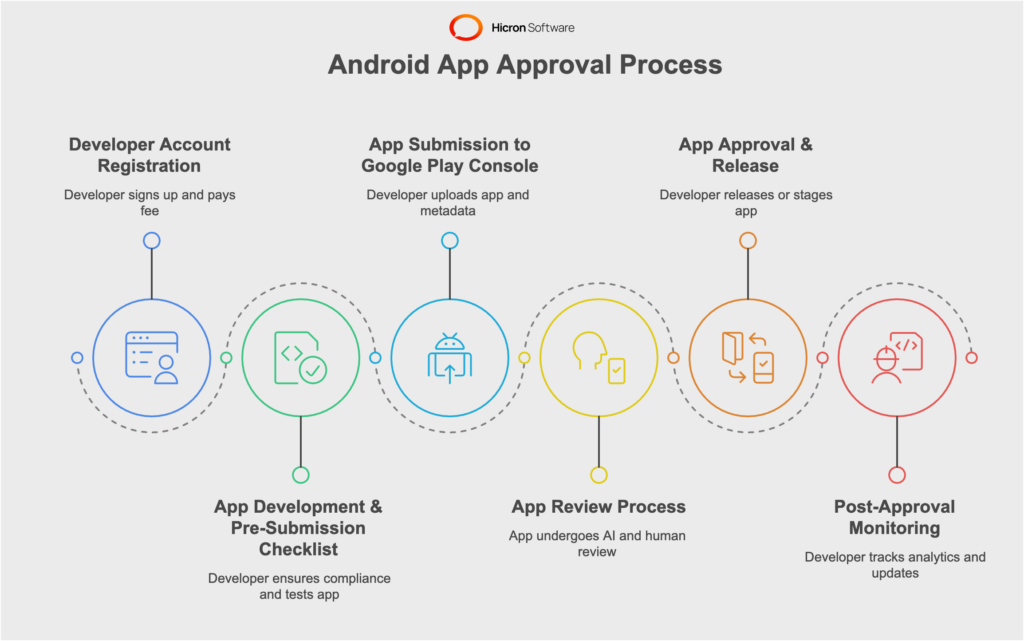Deep Dive into Manual Accessibility Testing Techniques
- April 18
- 4 min

In mobile testing, understanding the market share of different devices is crucial to ensuring broad compatibility and a seamless user experience. Analyzing which devices, operating systems, and screen sizes are most commonly used by end users helps prioritize testing efforts and focus on the most relevant configurations.
To achieve the most accurate results, testing on physical devices is highly recommended, as it provides real-world insights into performance, network conditions, and hardware-specific issues. However, if access to physical devices is limited, emulators and simulators can serve as a viable alternative for functional testing, offering a cost-effective way to validate app behavior across various device configurations. Balancing both approaches ensures comprehensive coverage and a high-quality mobile application
Manual testing for mobile applications is a crucial process that involves direct interaction with the app on real devices to evaluate its functionality, usability, and performance. Since mobile devices vary significantly in screen size, resolution, hardware capabilities, and OS behavior, it is essential to cover all agreed-upon devices to ensure a consistent user experience across different platforms.
During the development cycle, manual testers typically work with Alpha versions of the app. These early-stage builds often include work-in-progress features, partially implemented functionalities, and known or unknown bugs. Testing at this stage helps to identify and address critical issues early before the app moves to later stages.
By performing thorough manual testing across various real devices, testers can uncover device-specific issues that might not appear in emulators, ensuring a high-quality and user-friendly application.
Automated testing for mobile applications plays a key role in ensuring stability and functionality across different devices and OS versions. This approach allows tests to be executed quickly and repeatedly, reducing manual effort and enhancing efficiency.
Automated tests can be run in two ways:
Unlike manual testing, where testers actively look for edge cases, UI inconsistencies, or unusual issues, automated tests primarily focus on verifying that the application is stable and functional in general. Emulators are well-suited for this purpose, as they allow for efficient execution of test scripts without the need for real-device variations.
One of the key benefits of automated testing is constant feedback through detailed test reports, which help developers quickly identify and fix issues. This enhances the overall testing process by improving efficiency, ensuring application stability, and enabling continuous integration within the development pipeline.
Apple has a strict and structured review process before allowing apps on the App Store. This process ensures high security, quality, and compliance with guidelines.
Step 1: Developer Account Registration
Step 2: App Development & Compliance Check
Step 3: App Submission to App Store Connect
Step 4: App Review Process
Apple’s review process involves automated and manual reviews:
The most common review status can be:
Review Time:
Step 5: App Approval & Release
Once approved, the app can be:
Step 6: Post-Approval Monitoring

Google has a faster, more automated review process but still follows strict quality & security guidelines.
Step 1: Developer Account Registration
Step 2: App Development & Pre-Submission Checklist
Step 3: App Submission to Google Play Console
Step 4: App Review Process
Review statuses:
Review Time:
Step 5: App Approval & Release
Once approved, developers can:
Step 6: Post-Approval Monitoring

Mobile platforms like iOS (App Store) and Android (Google Play) have strict guidelines to ensure apps are secure, functional, and user-friendly. Apps that fail to meet these requirements get rejected, which can delay their launch. Here’s a detailed look at common reasons for rejections and how to avoid them.
By testing thoroughly, adhering to platform-specific guidelines, and maintaining transparency in app functionality and content, developers can significantly reduce the risk of rejections. Addressing these common pitfalls speeds up the approval process and ensures a better user experience and app performance once live in the stores. In addition, without extensive experience, consulting the app development and release plan with trusted experts is advisable.
iOS has a stricter & longer review process but ensures a polished user experience. Android has a faster & more flexible approval process but still requires policy compliance. Regularly updating apps and adhering to store guidelines minimizes rejection risks.
The release process on an app is much more complex and strict than web applications. As described above, besides testing performed by engineers in teams, it must be reviewed on the stores’ sides. Due to those additional checks, the release process must be carefully planned and optimized to allow the team to smooth app deliveries and quick feedback. Usually, it consists of a few phases:
|
Phase |
Timestamp |
Steps |
|
Development and Alpha testing |
1-9 day |
|
|
Beta testing |
8-9 day |
|
|
Release Candidate creation |
10-11 day |
|
|
Store approvals |
12-13 day |
|
|
Release day |
14th day |
|
Mobile testing differs significantly from web testing due to the wide variety of hardware, screen sizes, and performance capabilities across mobile devices. While web applications primarily rely on browser compatibility, mobile testing must account for network conditions, such as switching between Wi-Fi and mobile data or handling offline functionality. Additionally, app updates on mobile platforms require store approval, whereas web applications can be updated instantly without external validation.
By integrating manual testing and automated testing, following structured release cycles, and ensuring compliance with app store guidelines, mobile testing helps deliver a high-quality, stable, and user-friendly application experience.
